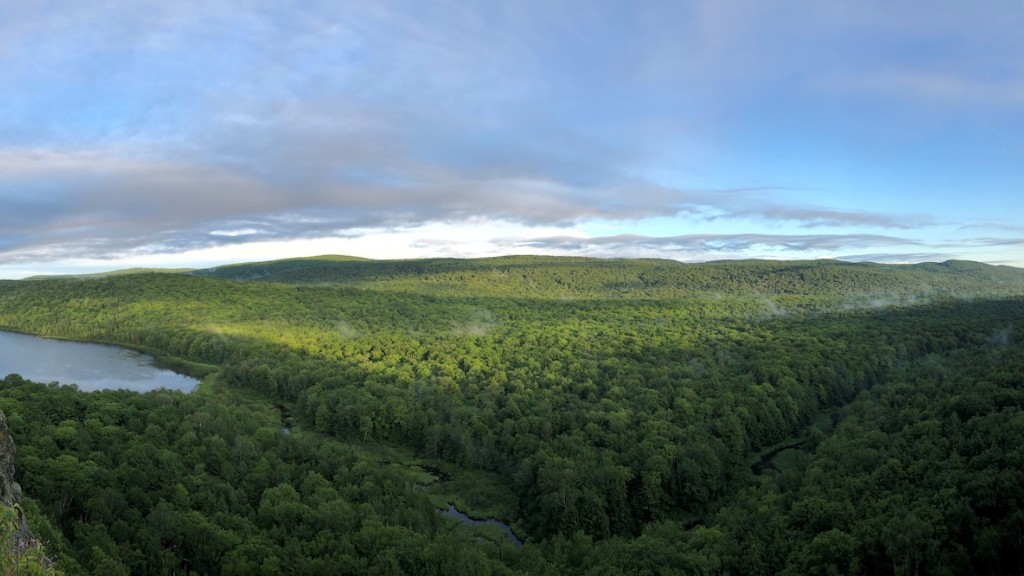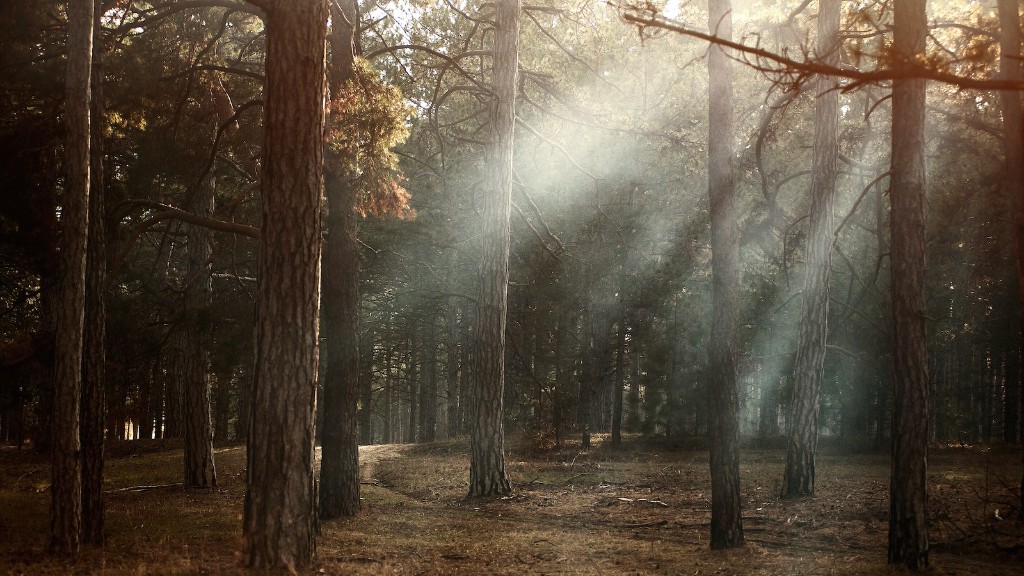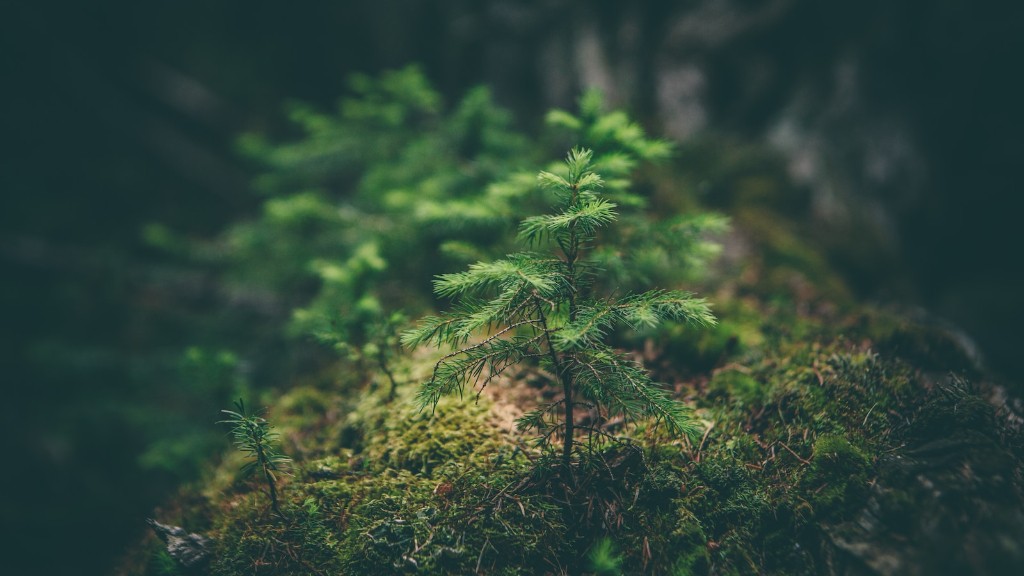The Amazon Rainforest is one of the most biodiverse and iconic ecosystems on Earth, spanning nine countries in South America. With its vast expanse and rich flora and fauna, it is often referred to as the “Lungs of the Earth” due to its role in producing much of the world’s oxygen. However, despite its significance, many people are still unaware of the Amazon Rainforest’s approximate longitude and its exact location.
The Amazon Rainforest is located primarily in Brazil, but it also extends into Peru, Colombia, Ecuador, Venezuela, Bolivia, Guyana, Suriname, and French Guiana. Its approximate longitude lies between 48 degrees west and 79 degrees west, covering an area of approximately 5.5 million square kilometers.
Within the Amazon Rainforest, there are various unique ecosystems, including dense tropical rainforests, flooded forests, and savannahs. This diverse range of habitats supports an estimated 400 billion individual trees, making it a crucial carbon sink and a major contributor to the planet’s climate regulation.
However, the Amazon Rainforest is facing numerous threats, including deforestation, illegal logging, mining, and agriculture expansion. These activities have led to the loss of millions of hectares of forest, with irreversible damage to the ecosystem and the displacement of Indigenous communities that rely on the forest for their livelihoods.
According to environmental experts, the destruction of the Amazon Rainforest has global consequences. As the world’s largest terrestrial carbon sink, the forest plays a critical role in mitigating climate change by absorbing vast amounts of carbon dioxide. Its destruction not only releases stored carbon but also disrupts the water cycle, affecting rainfall patterns not only in South America but also globally.
Furthermore, the Amazon Rainforest is home to an estimated 400 billion individual trees and millions of species, many of which are yet to be discovered. Its incredible biodiversity is essential for maintaining healthy ecosystems and provides numerous ecosystem services, including pollination, water filtration, and medicinal plants. Losing this vast array of species could have severe consequences for human health and well-being.
Considering the importance of the Amazon Rainforest, various conservation organizations, researchers, and local communities are working tirelessly to protect and restore this vital ecosystem. They are advocating for stricter regulations on deforestation, supporting sustainable livelihood alternatives for local communities, and raising awareness about the significance of the Amazon Rainforest’s conservation.
The Impact of Deforestation on Indigenous Communities
One of the most significant impacts of deforestation in the Amazon Rainforest is on the Indigenous communities that call it home. Around 350 indigenous and ethnic groups live within the forest, relying on its resources for their survival and cultural practices. Deforestation not only displaces these communities but also destroys their sources of food, water, and traditional knowledge.
Indigenous communities have a deep connection to the land and have been practicing sustainable land-use for centuries. Their traditional knowledge of the forest’s biodiversity and medicinal plants is invaluable for scientific research and conservation efforts. Yet, their voices are often marginalized, and their rights to the land are frequently violated.
Efforts are being made to empower and support Indigenous communities in protecting their territories and traditional knowledge. Collaborative initiatives between indigenous peoples and scientists are bridging traditional ecological knowledge with modern conservation practices, ensuring that the Amazon Rainforest’s preservation is rooted in both science and local wisdom.
Economic Opportunities and Sustainable Development
While deforestation and unsustainable practices pose substantial threats to the Amazon Rainforest, there is also a need to balance conservation with the economic development of the region. Many local communities rely on the forest for their livelihoods, and finding sustainable alternatives is crucial.
Ecotourism, for example, can provide economic opportunities that are in harmony with the forest’s conservation. By promoting responsible tourism practices and supporting community-based ecotourism initiatives, local communities can generate income while preserving the integrity of the rainforest.
Additionally, the development of sustainable agriculture practices, such as agroforestry and organic farming, can provide alternatives to deforestation-driven agriculture. These practices promote the cultivation of diverse crops while maintaining the forest canopy, preserving biodiversity, and reducing soil degradation.
The Role of International Cooperation
Protecting the Amazon Rainforest requires international cooperation and collective action from all countries. Addressing the drivers of deforestation, such as the demand for commodities like soybeans and beef, necessitates collaborative efforts between consumer and producer countries.
The implementation of trade policies that prioritize sustainable sourcing and production can discourage deforestation and promote responsible practices. Supporting organizations that certify sustainable products, such as the Roundtable on Sustainable Palm Oil (RSPO) and the Forest Stewardship Council (FSC), can incentivize companies to adopt sustainable supply chains.
Moreover, financial support from developed countries is crucial in enabling countries in the Amazon region to implement effective conservation strategies. Funding can support the enforcement of environmental laws, the establishment of protected areas, and the implementation of sustainable land-use practices.
Conclusion
The approximate longitude of the Amazon Rainforest may be 48 degrees west to 79 degrees west, but its significance reaches far beyond mere geographical coordinates. As a global treasure, it provides essential ecosystem services, supports diverse communities, and contributes to the stabilization of our planet’s climate.
Protecting the Amazon Rainforest requires a collective effort from individuals, governments, and organizations worldwide. Acknowledging the impacts of deforestation and taking proactive measures to ensure sustainable development and conservation is essential for preserving this irreplaceable ecosystem for future generations.




